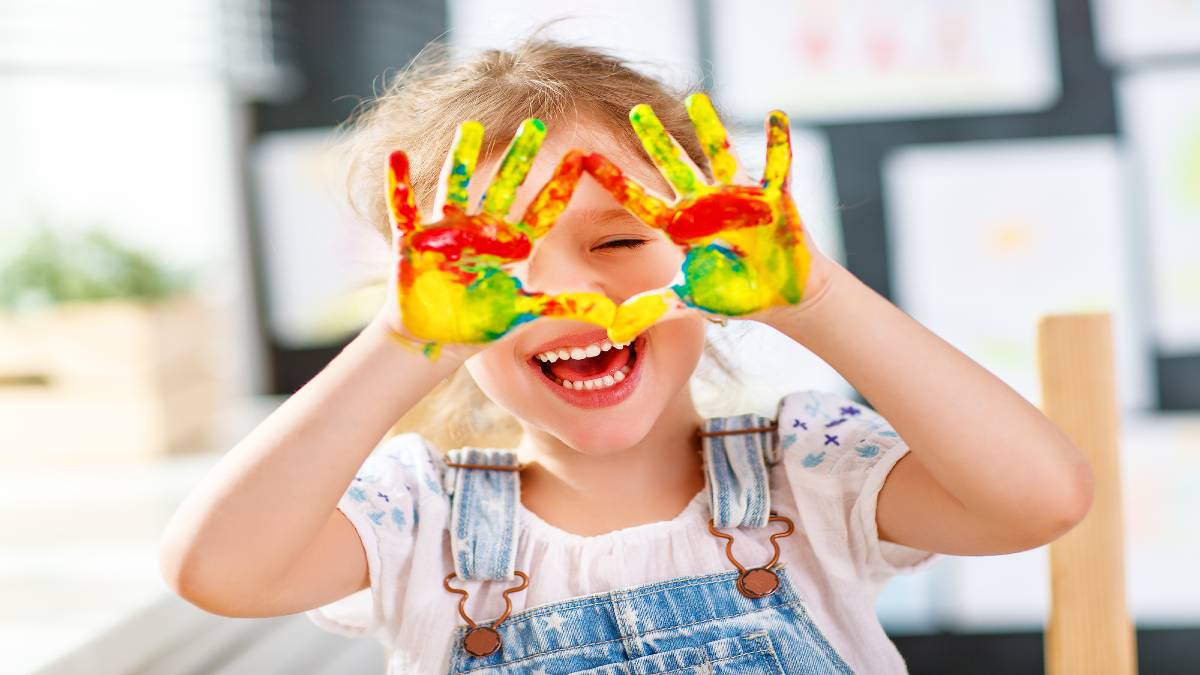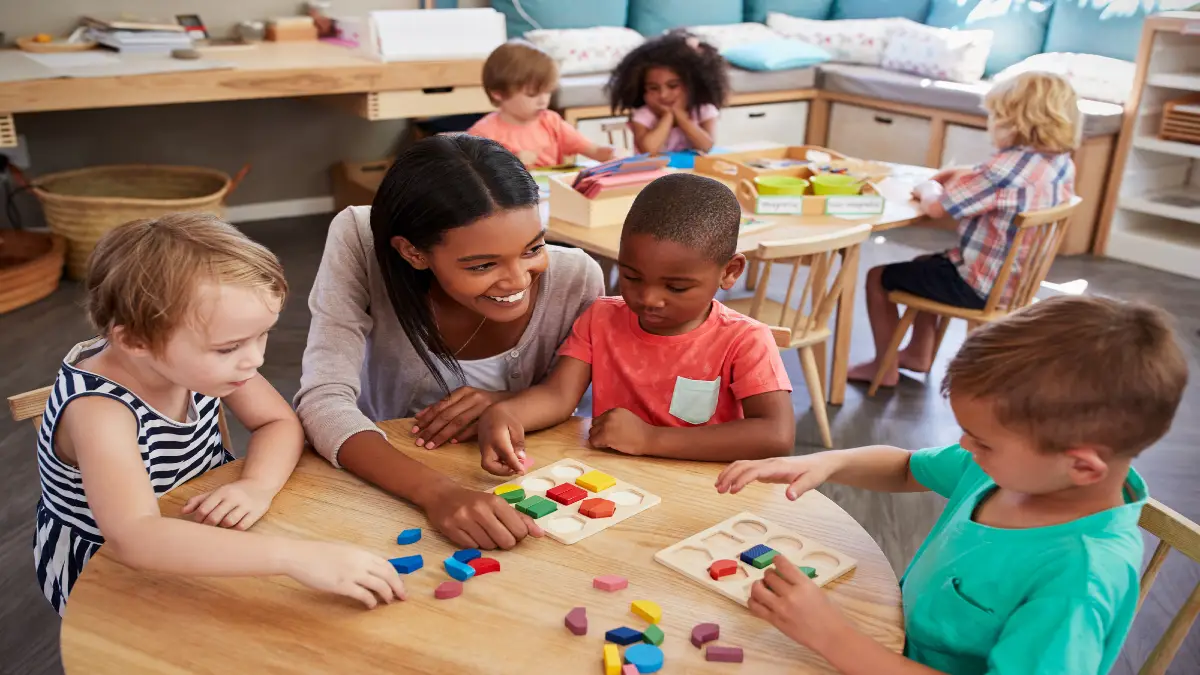Nurturing The Seeds Of Creativity In Preschoolers: Essential Insights

The early years of a child’s life are formative. During these crucial years, they begin to develop their sense of self, their understanding of the world, and, most notably, their ability to express themselves. It’s the responsibility of caregivers, educators, and parents to foster this budding creativity. But how can they effectively do that?
You might be thinking of fun art projects for preschoolers. And you’re right. Art projects provide an avenue for young minds to explore colors, shapes, and their emotions. However, nurturing creativity extends beyond the paintbrush and colored pencils. This article would delve into ways you can inspire imagination and innovation in the little ones.
The Environment Matters
Did you know that the physical space around a child can influence their creative thoughts? Make sure their surroundings are colorful, filled with educational toys, and offer diverse sensory experiences. Rooms with ample natural light stimulate the mind. Interactive toys encourage hands-on learning.
Nature has its benefits too. Grass underfoot, the rustling of leaves, or the chirping of birds can spark the most unexpected ideas in a young mind.
Celebrate Their Individuality
Each child is unique. They have their own likes, dislikes, and perspectives. It’s crucial to recognize and celebrate these differences. When they share a story, listen intently. When they draw a picture, ask about the colors and shapes they’ve chosen. Validating their feelings and expressions boosts their confidence and encourages further creativity.
Likewise, avoid comparing them to other children. It’s easy to say, “Look how well Johnny is coloring within the lines,” but this can stifle a child’s unique expression. Remember, it’s about their journey of discovery, not competition.
Encourage Questions And Welcome Mistakes
Questions are a clear indicator of a curious mind. If they ask, “Why is the sky blue?” or “How do birds fly?” embrace these moments. Delve into answers together, even if it’s a simple explanation.
Moreover, mistakes are just stepping stones. If they mix up colors, spill some glue, or tear a page, it’s okay. Instead of scolding, turn it into a learning opportunity. Remember, it’s all part of the process.
Expand Their Horizons
Reading broadens the mind. Invest in a variety of books—from fairy tales to science stories. The tales of dragons, princesses, planets, and animals fuel their imagination. Don’t merely read to them; engage with them. Ask what they think will happen next or how they feel about a character’s choice.
Additionally, field trips can be eye-openers. Museums, botanical gardens, or even a simple day at the beach can introduce them to new worlds.
Empower Through Choices
When it comes to activities, provide options. Instead of saying, “Today, we’re going to paint,” ask, “Would you like to paint, draw, or sculpt today?” This simple act of giving choices empowers them. It tells them their decisions are valued and encourages decision-making, a vital part of creative thinking.
Stay Engaged And Participate
Your involvement makes a difference. Instead of merely supervising, participate. If they’re building a castle with blocks, join in. If they’re pretending to be pirates, play along. Your enthusiasm and validation mean the world to them.
It’s essential to remember that creativity isn’t just about art or music. It’s about thinking differently, problem-solving, and expressing oneself. The seeds you plant today in nurturing creativity will bear fruit in a future filled with innovative thinkers, artists, scientists, and leaders.
Provide Diverse Materials And Tools
Materials for preschoolers isn’t limited to crayons and paper. Introduce them to diverse materials like clay, beads, buttons, fabric, and even recyclable items. By offering a variety of tactile experiences, you challenge their minds to think beyond the ordinary.
For instance, give them a cardboard box. You might see it as just a box, but to them, it can be a spaceship, a castle, or a treasure chest. The mere act of imagining the possibilities is creativity in action. So, don’t hesitate to provide them with non-traditional tools and materials.
Limit Screen Time
While technology is an integral part of today’s world, it’s essential to strike a balance. Passive screen time where children are merely watching without interacting can dampen creativity. Instead, allocate specific hours for tech-related activities and ensure they’re interactive. Apps that promote drawing, story creation, or puzzle-solving are great.
Also, emphasize the importance of unplugged play. Traditional games, toys, and outdoor activities encourage them to create narratives, rules, and scenarios, enhancing their imaginative prowess.
Conclusion
Nurturing creativity in preschoolers requires a blend of a conducive environment, validation, and engagement. It’s more than just fun art projects as it’s about cultivating a mindset. So, take a moment, celebrate their uniqueness, and foster the imaginative spirit of tomorrow.

